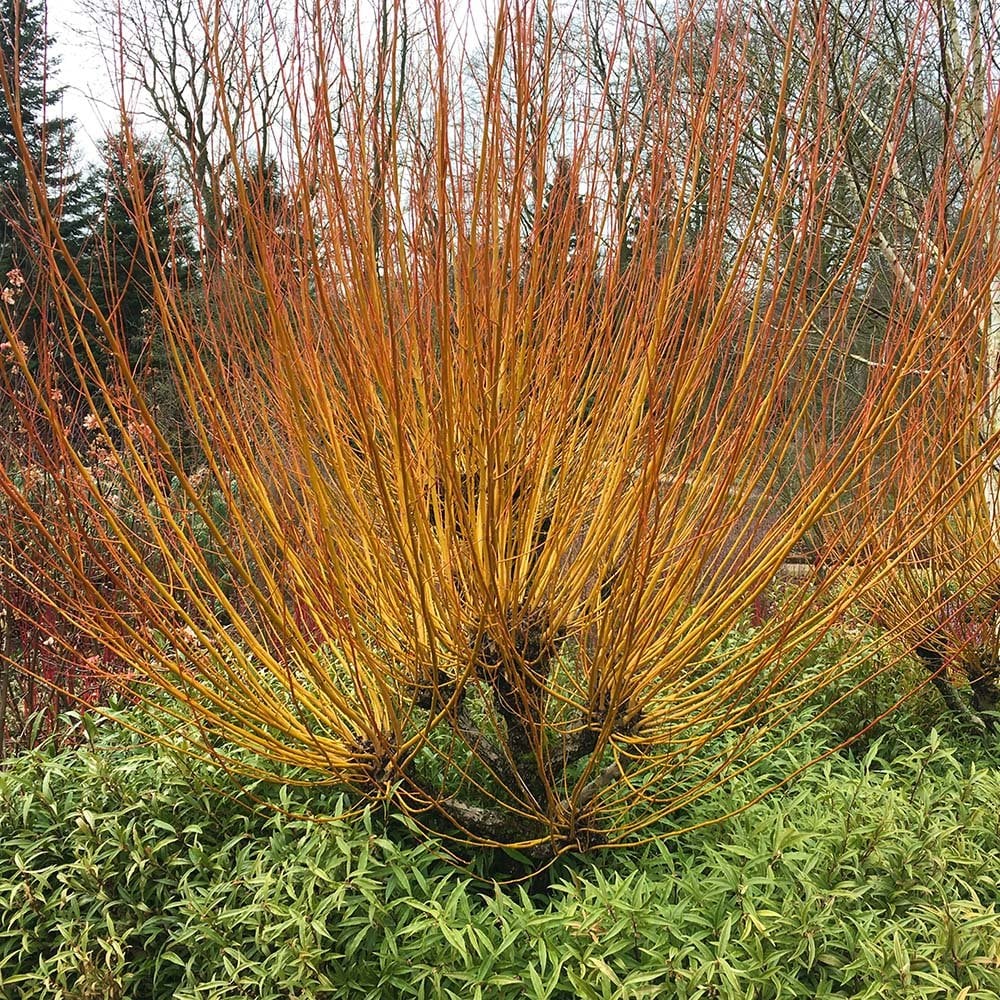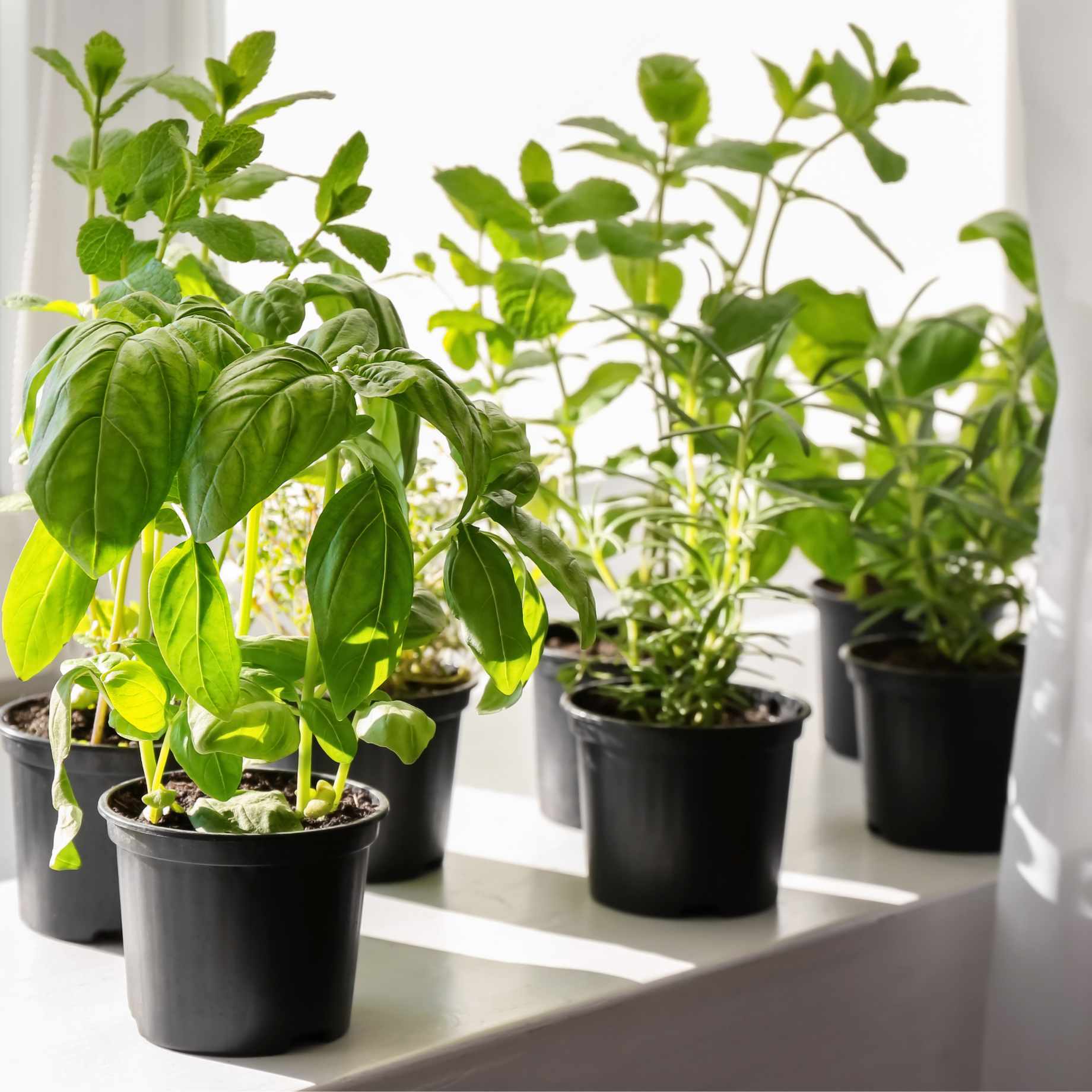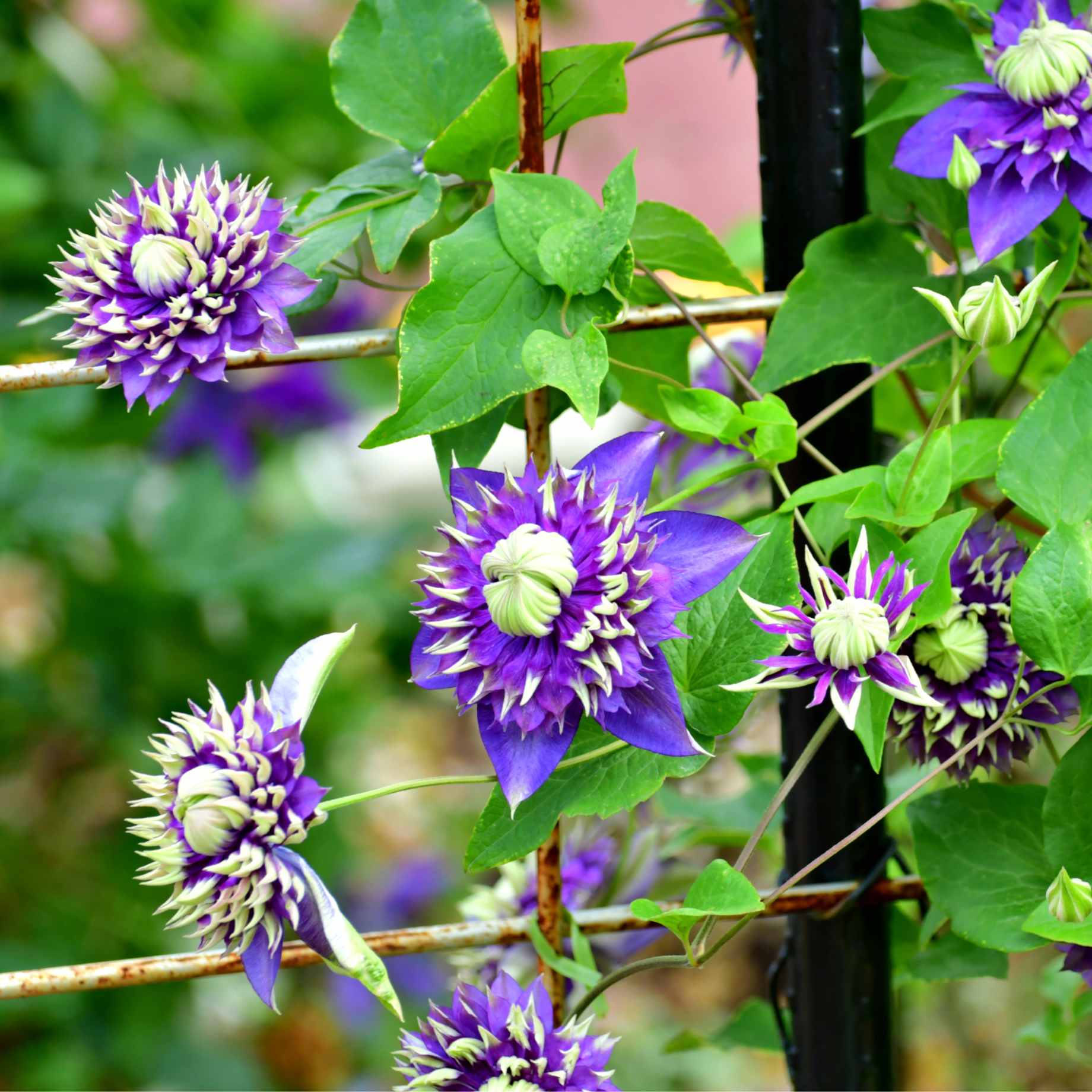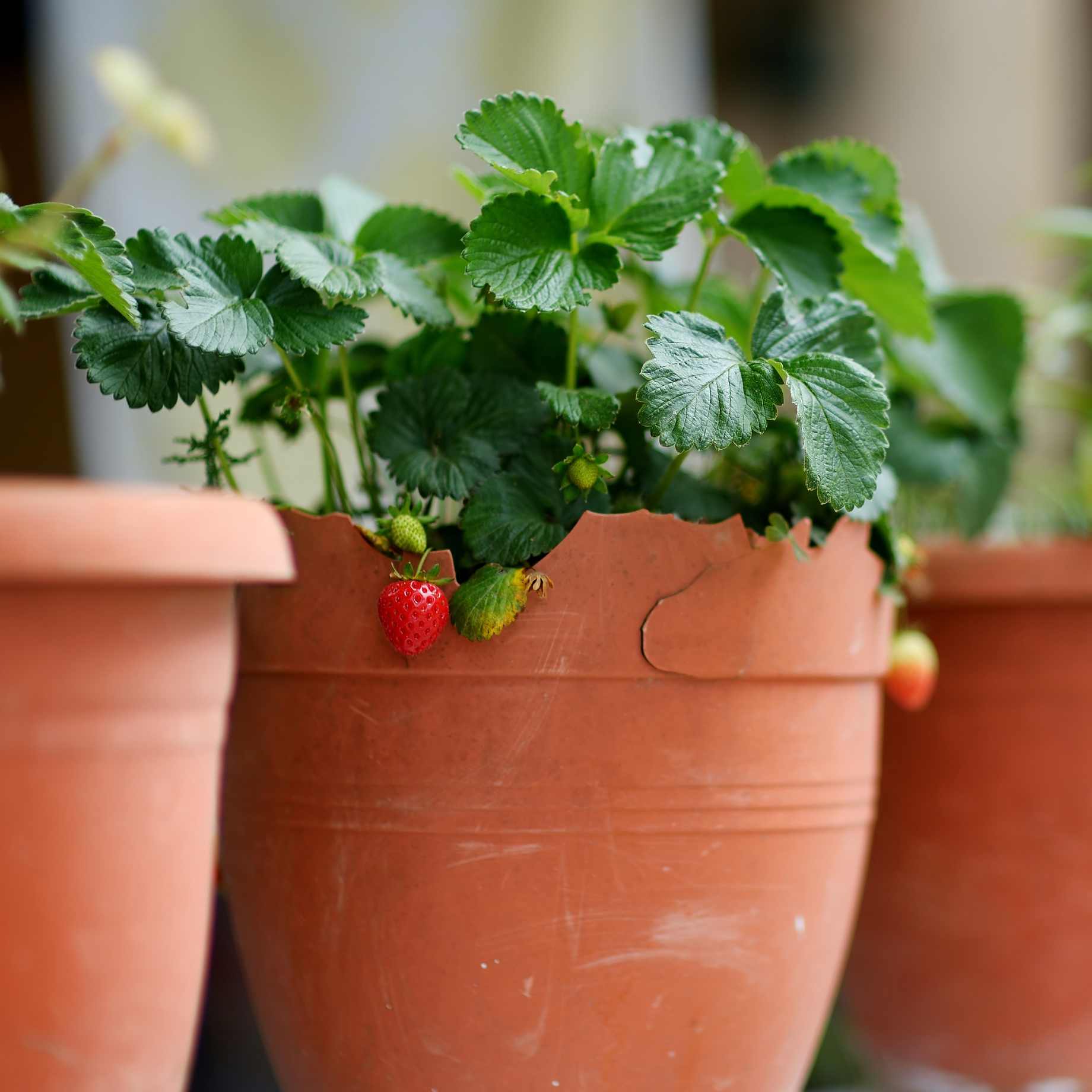Key features
AwardsRHS Award of Garden Merit
Final size4x 2.5 metres in 20 years
FoliageSlender green leaves (deciduous)
PositionFull sun to part shade
Description
Known as a Blue Stem Willow, the young shoots are purple and the stems develop a striking white bloom in winter which can have a bluish appearance. In early spring, Salix irrorata displays grey catkins that have red anthers. The slender leaves provide texture and when they fall in autumn, the silvery-white stems take centre stage.
Salix irrorata can be grown as a single stem or multi stem tree, with the single stem form reaching a modest 4 x 2.5 metres in 20 years. An excellent choice for smaller gardens, this Willow has also received the RHS Award of Garden Merit.
AKA Blue Stem Willow
Planting Steps
1Preparation
- Pot-grown plants can be planted at any time of year, whereas bare roots need to be planted between November and March.
- Clear weeds and grass within a metre of the planting hole.
- Dig a hole as deep as the root mass and twice as wide.
- To help your plant establish more effectively, sprinkle Rootgrow in the hole.
2Planting
- Gently loosen the roots and place into the planting hole.
- Ensure the top of the plant’s compost is flush with the level of the surrounding soil and the graft union or collar of the tree is above ground level.
- Mix 50% of the original soil with 50% compost.
- Fill in the hole, firming the soil gently.
3Last Steps
- Water generously around the base of the plant.
- If you are planting either a single stem tree or mature standard tree, we recommend adding a staking kit and rabbit guard.
Aftercare Advice
Trees and shrubs require a good watering regime for a couple of years whilst they establish. Water well and regularly through spring and summer, increasing in hot or dry weather. If planting in autumn, you may only need to water a little. It is advisable to keep the area free of competing weeds and grass during this period.
For more detailed advice and video guides, please visit our Help & Advice section.







